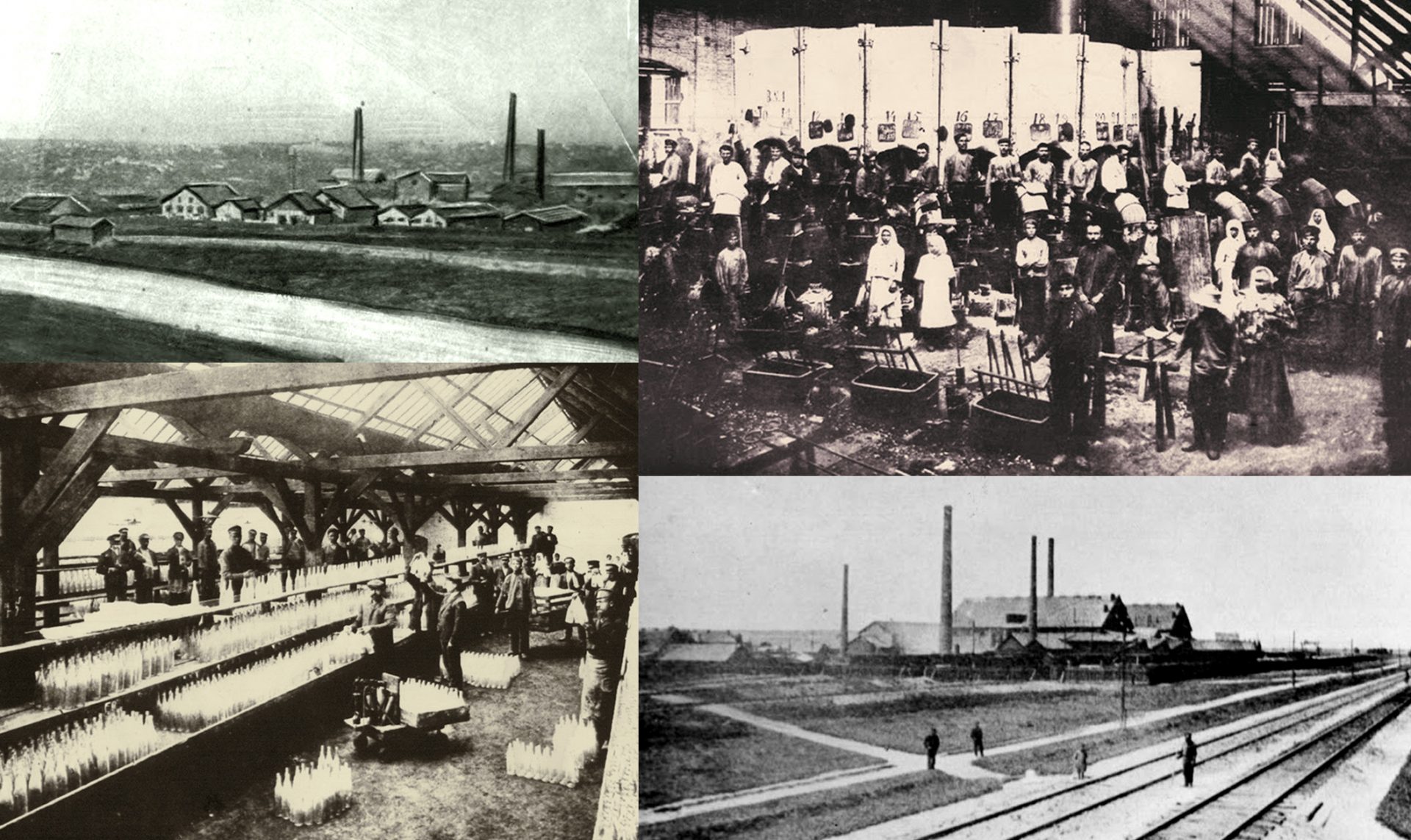The project includes the search for, digital processing, and analysis of images containing industrial elements against the background of urban landscapes, common types of industrial cities, as well as individual objects of industrial exhibitions and details of the interior and exterior of enterprises. The visual sources of the project will be individual photos and photo albums, postcards, illustrations in periodicals, and pictures with industrial motifs created before 1918. Other important materials are works of fiction that contain descriptions of the industrial urban landscape, memoirs of domestic and foreign manufacturers, and record keeping documentation of individual companies. A large amount of these documents have not been published and are kept in central and regional museums and archives, and in companies’ museums. Working with local history and departmental museums is particularly interesting because their collections have not been studied thoroughly and have been insufficiently included in both academic and popular circulation.
The first wave of industrialization in the Russian Empire, which began in the 1880s, caused a number of global historical changes, among them the introduction of mass production, urbanization and the acceleration of the diffusion of urban and rural cultures, together with the emergence of a new type of bourgeois work ethic, a revolution in the area of labor, and a revolution in management.
A further important consequence of the industrialization was the transformation of the urban landscape: the emergence of new industrial centers and changes in the old cityscape, the appearance of industrial districts, workers’ neighborhoods. The advent of factories, railways, trams, and the telegraph too contributed to the fundamental changes in the urban landscape. These developments engaged the attention of the contemporaries as it is reflected by the arts, literature, and journalism as well.
Particularly striking were the changes in the so-called Industrial South of Russia, which usually includes the Yekaterinoslav, Taurida, Kharkiv, and Kherson governorates and part of the territory of the Don Host Oblast. This region corresponds to the territory of the nowadays’ Dnipropetrovsk, Donetsk, Zaporizhia, Kirovohrad, Luhansk, Odesa, Kharkiv, Kherson, and Sumy oblasts in Ukraine and the Rostov Oblast in Russia.
The result of the project will be a relational database called "Industrial Urban Image" with descriptions that meet the international standards of meta descriptions of visual sources, and an analysis carried out with the application of the database. The material collected in the framework of the project will be published on the website of the Center for Urban History of East Central Europe. Each image will be accompanied by a text presenting the brief history of the given company.
The database and the project will be part of the Urban Image Database, expanding its geographic and thematic dimension.
The project manager is Volodymyr Kulikov, an associate professor at the Faculty of History at the Karazin Kharkiv National University.
If you have any questions about the project or would like to share information, please contact the project leader Volodymyr Kulikov at [email protected]
Other research focuses
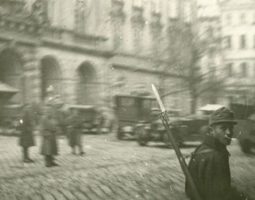
Cities, Wars, and Recoveries in 20th Century Eastern Europe
This focus incorporates the history of the cities and towns in the eastern parts of Europe, both on and behind the front lines, during periods of belligerence and post-war recovery.
Details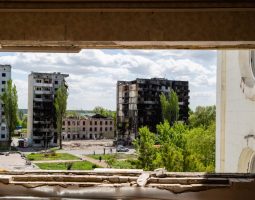
Documenting Experiences of War
We have involved our capacity and expertise to document the experiences of Russia’s full-scale invasion of Ukraine as historical and/or legal evidence, but also as a way to withstand the invasion.
Details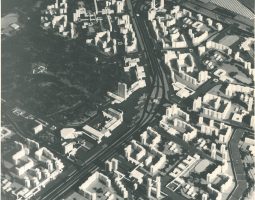
Professionals, Expertise, and Planned Urbanity
This focus on planned cities, towns, and districts in socialist societies explores the visions of planners, experts, and decision-makers, who were all involved in the construction and experience of planned urbanity.
Details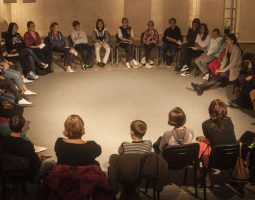
Public History and the City: Engaging and Reflecting the Pasts
This focus brings together research on the forms, formats and multiple agendas in engaging with the past from urban perspectives and in urban settings.
Details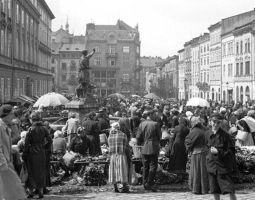
The Social City: Histories of Mobility, Status, Gender and Welfare
This research focus extends the established approaches to the history of modern Lviv, centered on the history of the formation of national communities, by addressing other categories of social divisions: gender, age, class, and group.
Details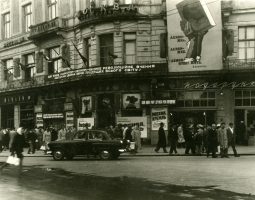
Urban Cultural Infrastructures: Creators, Managers, Audiences in the Modern City
This research focus aims to expand our understanding of the ways infrastructures shape creative culture in the modern city.
Details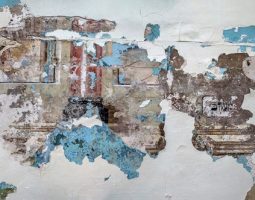
Urban Heritages: Concepts, Practices and Legacies
This research focus incorporates several individual projects, as well as initiatives in cooperation that analyze heritage both as a set of concepts, discourses, and practices, as well as institutional and discursive frames.
Details
Visual Regimes, Materialities, and Technologies
This research focus is related to visual practices and historical or social ways of seeing. Within it, we focus on the study of historical changes in technology, imagination, and politics, and how they influence the transformation of visual practices and sensibilities.
Details